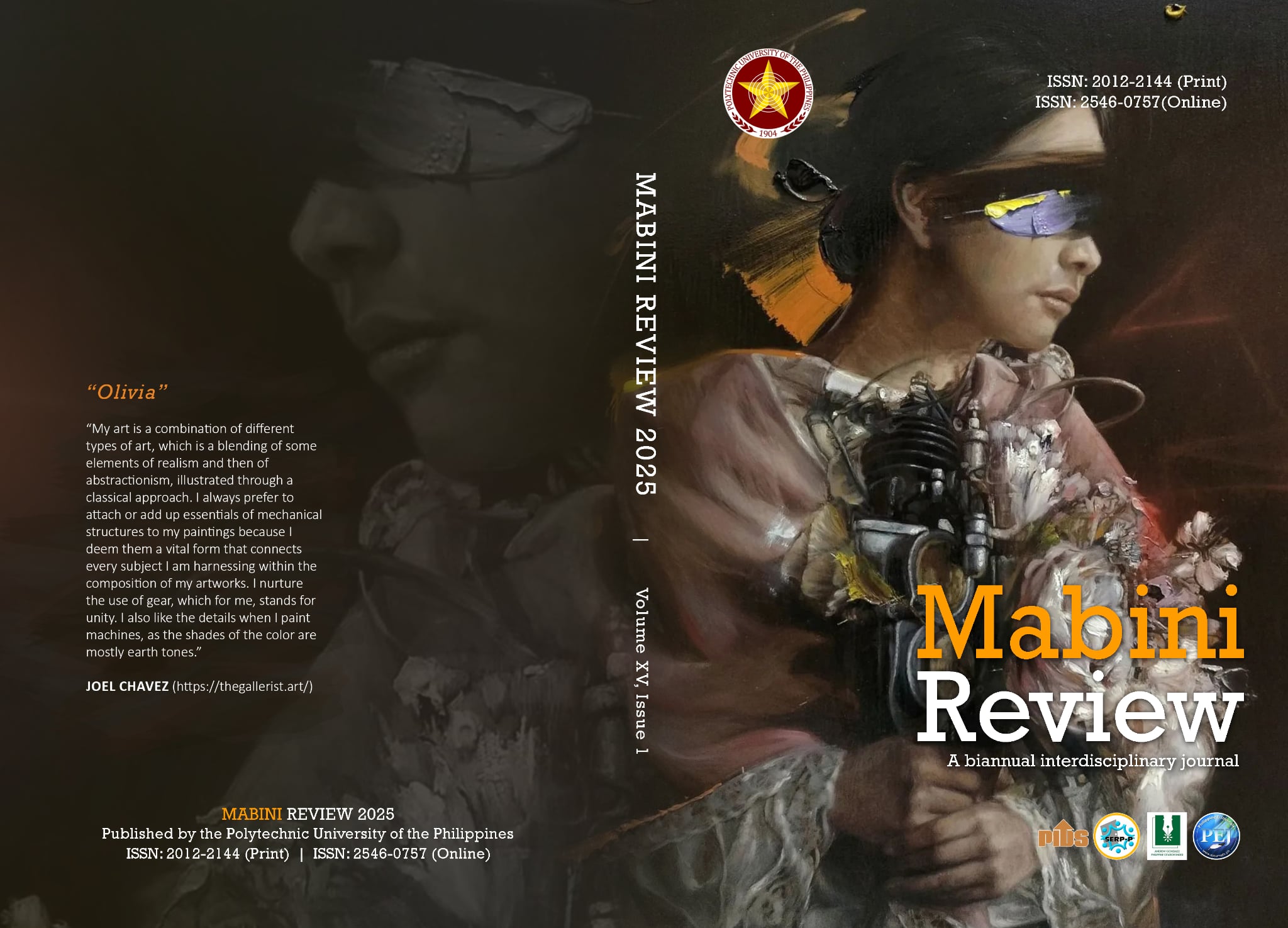Aesthetics of Mobility: Comparing Singapore’s Changi International Airport and Manila’s Ninoy Aquino International Airport
DOI:
https://doi.org/10.70922/s482jr36Keywords:
airport studies, Manila, mobility, Singapore, Southeast Asian studiesAbstract
Airports as gateways play an important role in our globalized society where intercontinental travel is an everyday occurrence. Airport mobilities have traditionally been measured through managerial and economic concepts. Hence, few scholars considered looking at the physical layout of an airport and how it affects the cultural understanding of passengers through an experience of mobility and efficiency. This paper explores efficiency as: (1) a system, (2) a trope, and (3) a privileged value in two Southeast Asian airports – Singapore’s Changi International Airport and Manila’s Ninoy Aquino International Airport. By analyzing their systems and politics of mobility, I maintain that the measure of efficiency inside both airports goes beyond quantitative measures, arguing that the architectural layout of the two airports can be used as another alternative measure of efficiency. Their similarities and differences reflect socioeconomic and cultural conditions that characterize the position of Singapore and Manila in a globalized world. My proposed redefinition augments the overall experience of the global traveler which mirrors the current economic and cultural status of the two cities:
Singapore, a seamless network of structured urban rhythms and
cosmopolitan flows, all converging into this small city-state that is
already a globally acknowledged, economic giant; and Manila, a
congested port city, where movements are constrained because of
mismanagement and misplaced bureaucracy, thus opportunities
are diverged elsewhere.
Downloads
Downloads
Published
Issue
Section
License
Copyright (c) 2025 Juan Miguel Leandro L. Quizon (Author)

This work is licensed under a Creative Commons Attribution-NonCommercial 4.0 International License.
Articles published in the MABINI REVIEW will be Open-Access articles distributed under the terms and conditions of the Creative Commons Attribution-Noncommercial 4.0 International (CC BY-NC 4.0). This allows for immediate free access to the work and permits any user to read, download, copy, distribute, print, search, or link to the full texts of articles, crawl them for indexing, pass them as data to software, or use them for any other lawful purpose.


